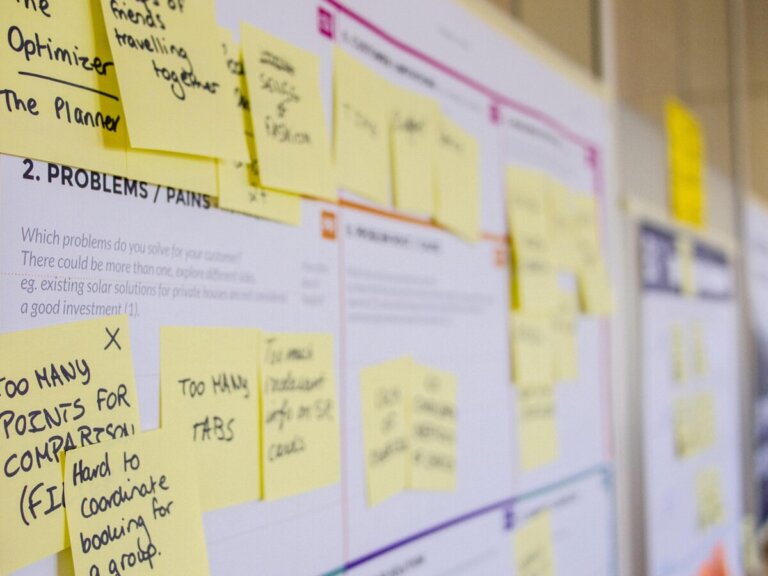
Author: Simone Kohl
· 2 mins read · 1,650 views
What Is The Magic Triangle In Project Management?
The success of a project depends on many factors. The project manager has the task of balancing different variables so that customers and stakeholders are satisfied. The magic triangle is an aid in this process.
The Concept of The Magic Triangle
A project is influenced by many variables from the beginning. The Magic Triangle tries to visualize this interaction.
The three magic variables are:
- Cost
- Time
- Quality (or performance)
These are defined at the beginning of a project and built upon. When one variable changes, it affects the others. For example, if the cost item changes, it will affect the time and quality. Then the other factors must be adjusted to compensate for the other.
The purpose of the Magic Triangle is to determine whether the planning of the project has gone as desired.
The Magic Variables of The Magic Triangle
1. Cost
How much budget do I have available?
This dimension provides information about the financial effort and the available budget. In order for the project to be a success, this should be set at the beginning and not exceeded.
2. Time
How much time is available for the project?
- The variable time stands for the time planning and important cuts. But also the start and end date of the project is defined here.
3. Quality or Output
What quality should the result of the project have?
- The goals that are to be achieved with the project are recorded. The goals should be discussed with the whole team as well as with the stakeholders.
4. Additional Factor Customer Satisfaction
- This factor should be seen as a superordinate variable, because the whole magic triangle is based on it. Because in the end, what counts is that the customer is satisfied with the way the project is going.
5. Change of Variables and the Effect
As mentioned above, when one variable changes, it affects the others. Therefore, conflicts can then arise. Reasons for this can be customer dissatisfaction or a misestimation of resources.
- Change in Costs
- For example, if the budget is reduced, then the time and quality must also be reduced so that everything can be brought into line.
- Change of Time
- If time is changed by, for example, bringing forward a deadline, costs must be adjusted by either overtime or more staff to still deliver the service and quality.
- Change of Quality or Performance
- If the performance (or quality) cannot be delivered, then the time must be extended or the cost of more staff must be increased.
Final Thoughts
So if one variable on the Magic Triangle changes, it will affect the others. Therefore, it is important to pay attention to good planning and to consider the effect of the variables on each other.
If you’re looking for agile project management tools, feel free to check out our post: 4 agile project management tools!
Looking for Expert IT Solutions?
Subscribe to Our Newsletter for Exclusive Tips and Updates!
Stay ahead of tech challenges with expert insights delivered straight to your inbox. From solving network issues to enhancing cybersecurity and streamlining software integration, our newsletter offers practical advice and the latest IT trends. Sign up today and let us help you make technology work seamlessly for your business!



Share